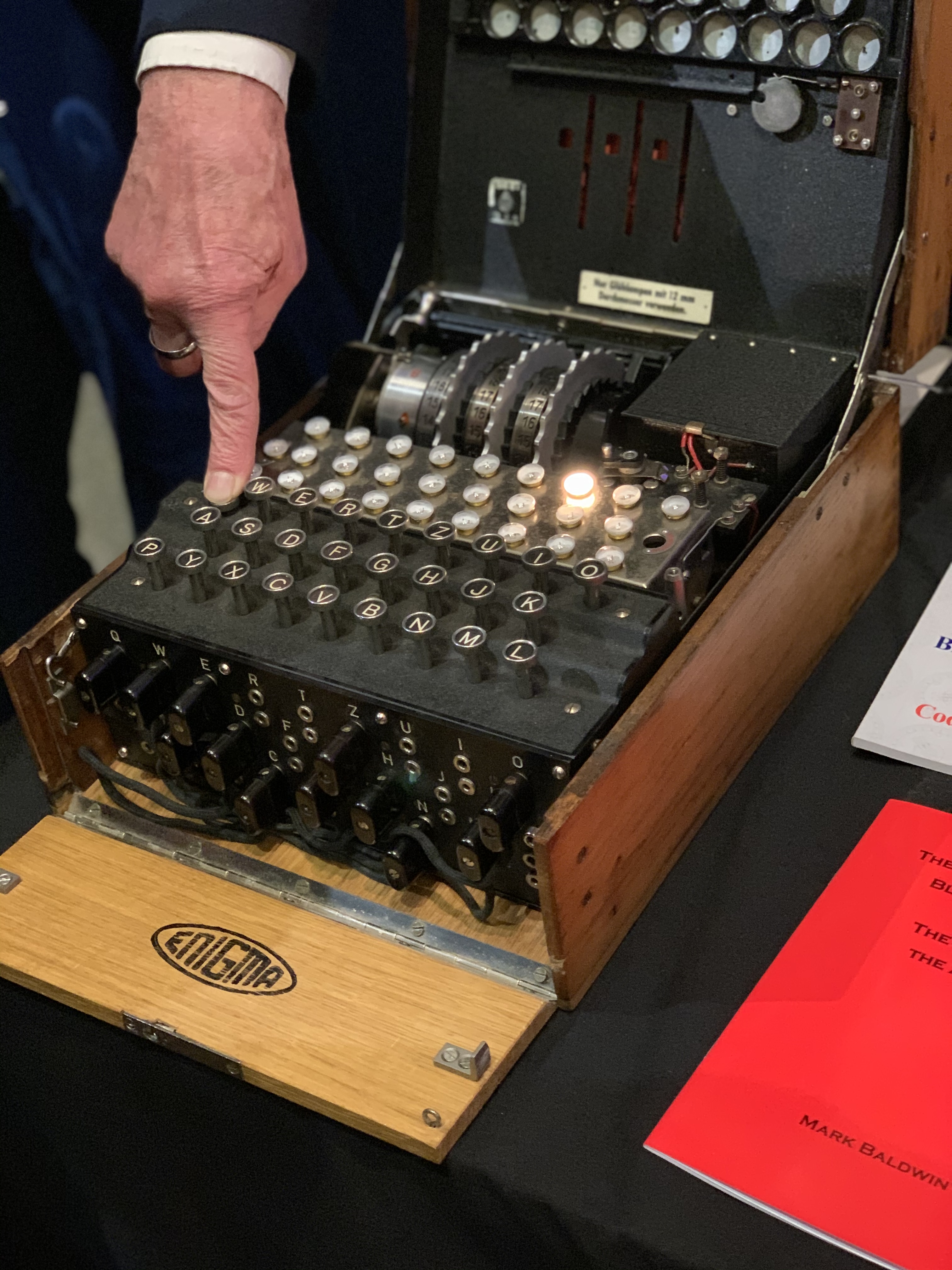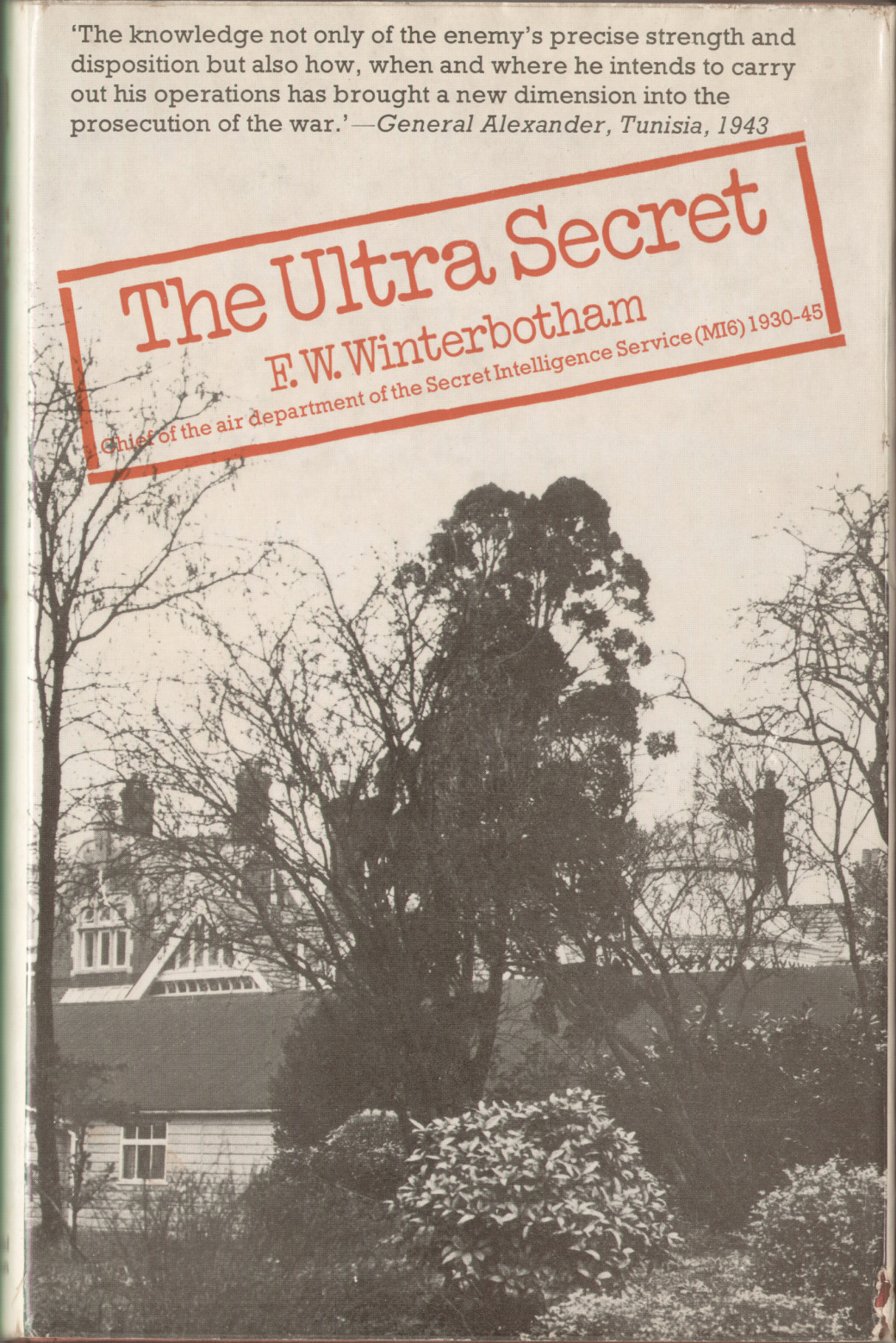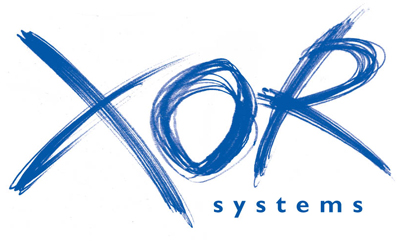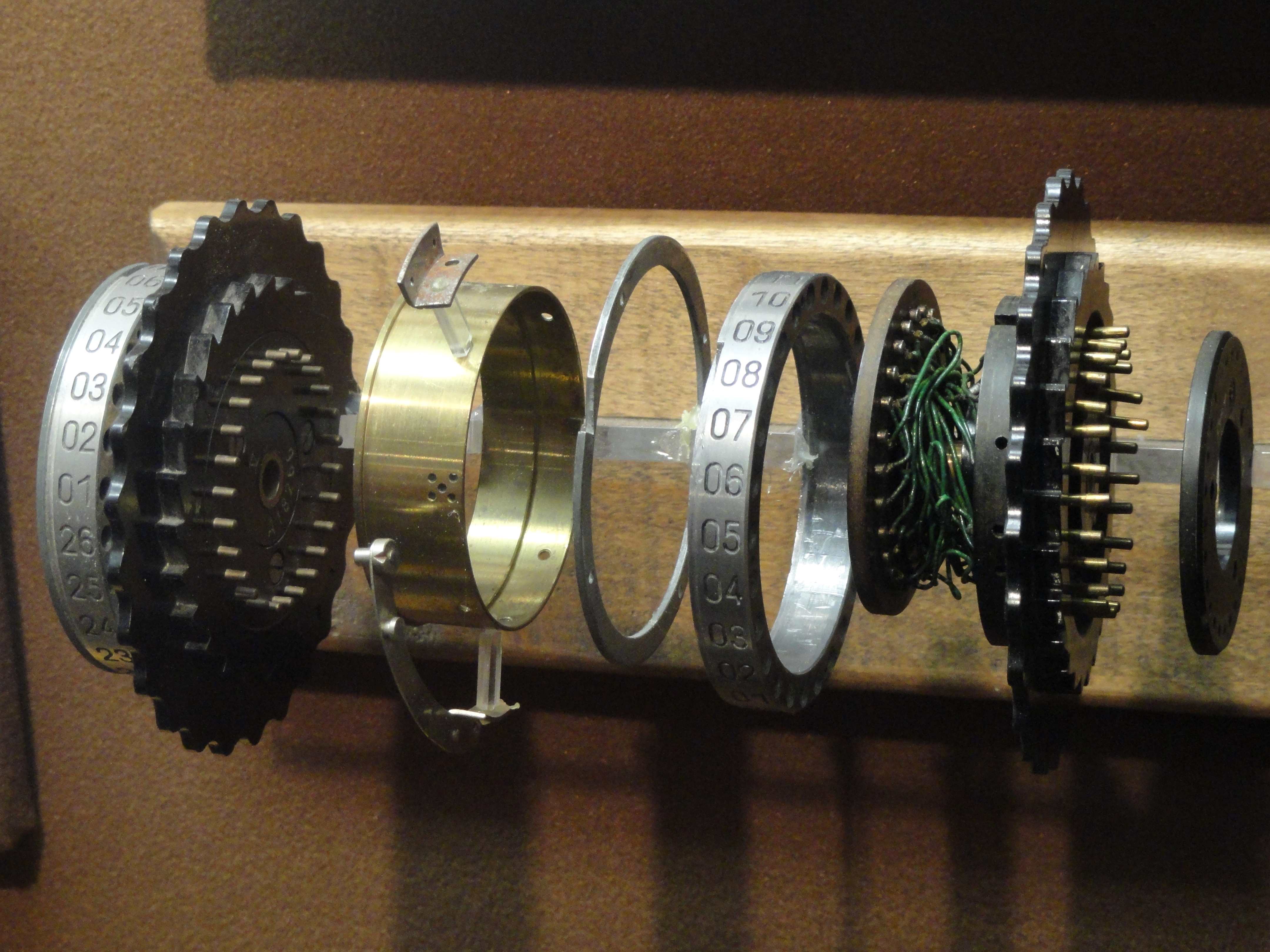Trust and Ethics in Technology Part 3: Military Application of AI - Bristol Technology Festival 2019
11-11-2019

This week, our student engineer Luke attended a talk on Trust and Ethics in Technology, held at the Bristol Museum and Art Gallery. This was part of the Bristol Technology Festival, held in early November. The event was hosted by Lanciaconsult, under the banner of #beingrelevant2019 (see their site).
"The final talk of the evening was by Dr. Mark Baldwin, a.k.a Dr. Enigma. Mark was born in India, and spent much of his childhood in Africa.
Graduating from Cambridge, he worked on a variety of engineering projects, before enrolling at Imperial College, London, on a Masters’ course, during which time he was head-hunted to be a lecturer in the Civil Engineering Department.
A chance encounter with a book about the Enigma machine piqued his interest, which grew over the next 20 years to him becoming one of the world’s foremost experts in the history, human story, and workings of the machine.
The Enigma machine was an electro-mechanical enciphering (and deciphering) device. It pre-dates the first computer by about 20 years. It was the exact settings of the machine that the codebreakers were always seeking to discover, as this would allow them to read the day’s messages – but remember that these settings changed daily.
There was a great effort during WW2 that led to the machine being cracked, or rather, its cyphers were.
Many of the enciphered messages created by the Enigma machine were cracked, not all were. You needed to know the exact settings of the machine for any given day – without which, you could not understand any of the messages. And just because you could read the messages one day, that didn’t mean you’d be able to read the next day’s traffic.
During World War II, the Germans used their Enigma machines to encipher millions of military field messages, before transmitting them by radio in Morse code. This meant that in theory, they could communicate securely with each other. So the Enigma machine provided the German army, navy and airforce a way to keep their plans and commands secret from the Allies.
However, as it turned out, the Enigma machine wasn’t as secure as the Germans believed it to be.
What Alan Turing and his team did, along with thousands of others at Bletchley Park, was figure out a way to discover what the settings of the Enigma machine were, each day. This allowed them to read many of the messages that the Germans were sending to each other, and then distill it into useable information which they called ‘Ultra’. Ultra was then sent to the Allies’ high command who used it to make tactical decisions.
His methods were based around the assumption that each message contained a crib - a known piece of German plaintext at a familiar point in the message.
In one example the Atlantic weather forecast, which was written in the same format each day, was crucial. Location-detecting equipment in listening stations allowed codebreakers to find where a message was originating from and, if it matched up with the positioning of a weather station, it was likely that the word “wettervorhersage” (weather forecast) would be both present and in a similar place in every message.
Further, a flaw emerged of the Engima's inability to encode a letter as itself. S could not be an S. There are theoretically 3 x 10114 possible cipher patterns which the basic three-rotor machine could create, and testing all these possibilities one after the other is beyond modern computing power even now, and so was well beyond anyone’s wildest dreams during WW2.
Despite the German's faith in Enigma, there was a perilous moment when Schellenberg’s handbook for the planned invasion of Britain (produced in 1940) reported that MI6 had moved its Communication Section from Broadway to Bletchley Park, and that its duties included Wireless/Radio communications.

The implications of this observation, correctly linking MI6, Bletchley, and wireless communications, were never followed up. The evidence lay upon the printed page – but was never spotted.
Surely, people say, there were German spies in Britain who would have been able to pick up some clues, and to report their findings back to Germany? It often comes as a surprise to them when they discover that, firstly, all the German spies in Britain were directly controlled by the British by way of the Double Cross System, and that, secondly, British achievements were not known of in Germany until the 1970s.
As enigma(atic) as it's use was in World War 2, the encoding device remained in obscurity until it's eventual declassification as aforementioned. One can only help but wonder what security devices are in use today which we may learn about in 30-40 years time.
What security measure could possibly generate more possible combinations than there are atoms in the observable universe?

